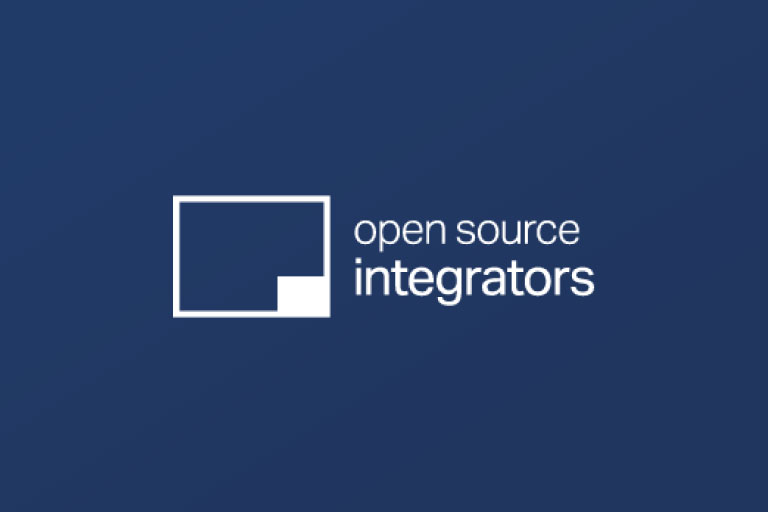Set your inventory valuation and costing method right in Odoo
How does periodic inventory valuation compare to perpetual inventory? What are consequences of Odoo inventory setting changes?
How Odoo computes your company’s inventory is a critical factor that directly impacts your profit and loss, and income taxes, by affecting your cost of goods sold. These are strategic decisions for your company in the context of cost and managerial accounting.
Let’s first look at how Odoo determines the value of your inventory. The settings are in the Inventory module at:
Inventory –> Configuration –> Product Categories

Select your product category of interest. Under the heading Inventory Valuation, you can select options for:
1. Costing Method (Standard, FIFO and Average)
and
2. Inventory Valuation (Automated or Manual)

Costing Method
Odoo offers three options for setting Costing Method:
1. Standard – The price is fixed in inventory cost, even if you end up paying more or paying less for your inventory.
2. FIFO or Real Cost – Costs are calculated on the real costs of the inventory on hand. The costs from the first piece of inventory are considered the first to
leave the shelf.
3. Average (AVCO) – The weighted average cost of the quantity on hand. When you purchase items from your vendors at varying prices, the system will add up the prices at which you purchased your inventory and average it by the number of units on hand for costing.

How should you choose your inventory costing method? The decision you make will impact the company’s accounting and general ledger even if the inventory is not being sold.
Ultimately OSI helps companies determine their preferred option on a case by case basis. Here are some considerations that may help guide your decision.
Odoo out of the box is set to Standard. If you have a well-staffed accounting team that is actively monitoring your inventory costs, Standard may be the right choice.
If your company is interested in tracking variances in costs you may find it useful to stick with the Standard setting. The cost price can be manually adjusted by users as prices fluctuate.
Is your company migrating from QuickBooks? The Average costing method is commonly used in QuickBooks.
Does the cost of your inventory fluctuate? Average costing might be the answer.
Does your inventory have a shelf life? Then FIFO costing might be the answer.
Does your company have processes in place to find and move specific inventory? If you have tight physical controls in place you might want to use FIFO costing.
Inventory Valuation
Odoo offers two options for setting Inventory Valuation:
1. Manual (Periodic) – Inventory valuation is determined by comparing goods delivered versus goods received and reconciling the inventory based on a physical count performed yearly or monthly.
2. Automated (Perpetual) – Real-time valuation of inventory impacts the books immediately with each transaction.

Periodic inventory is the more classical approach. The process of doing a physical inventory helps keep the books more accurate for many companies.
However, the benefits of using an ERP system for greater visibility are better realized when using perpetual real-time valuation. OSI generally recommends companies use perpetual inventory.
These decisions should not be taken lightly. The old saying “set it and forget it” truly applies. We do not recommend switching methods beyond the initial setup because it may have serious repercussions for inventory quantities and bookkeeping later.
The inventory costing method you choose from the start can open up game changing opportunities for real-time cost accounting. Features such as FIFO inventory and landing costs are configurable for companies opting for FIFO costing and perpetual valuation. On the other hand, the standard costing method can be a powerful alternative for companies that want to closely monitor cost variances.
For Odoo implementation answers, call us at 855-877-2377 or email us at contact@opensourceintegrators.com.






